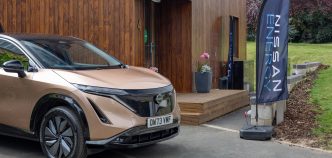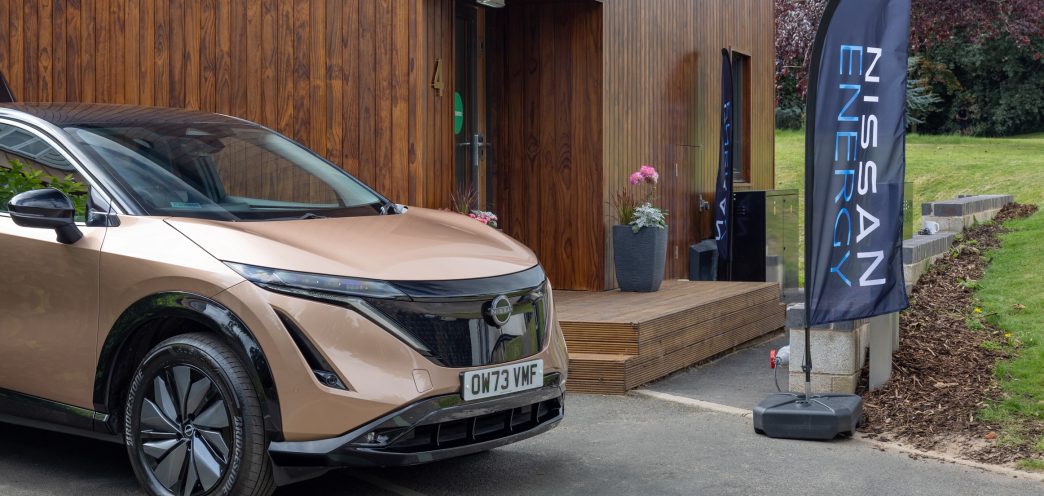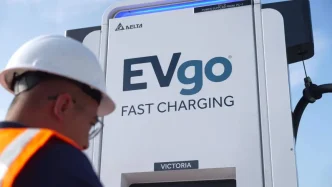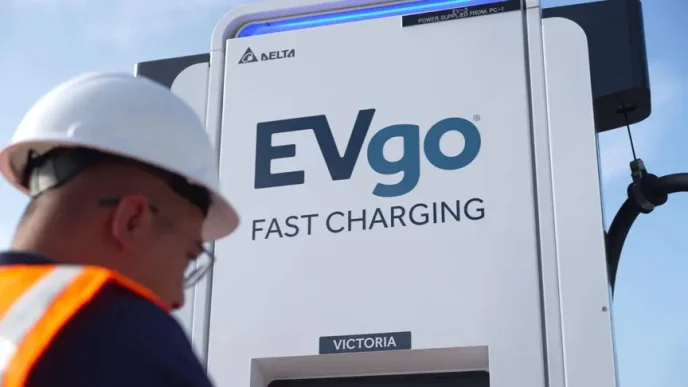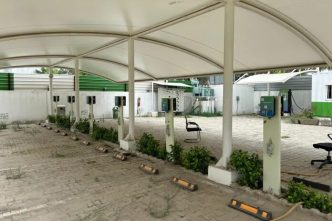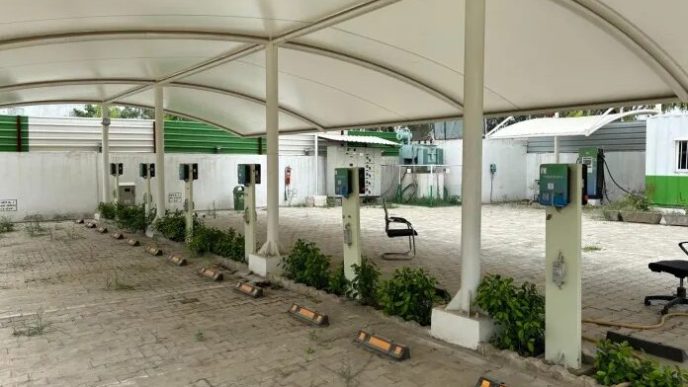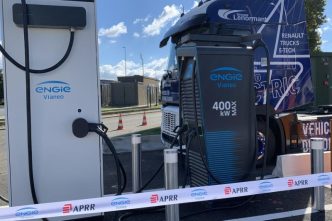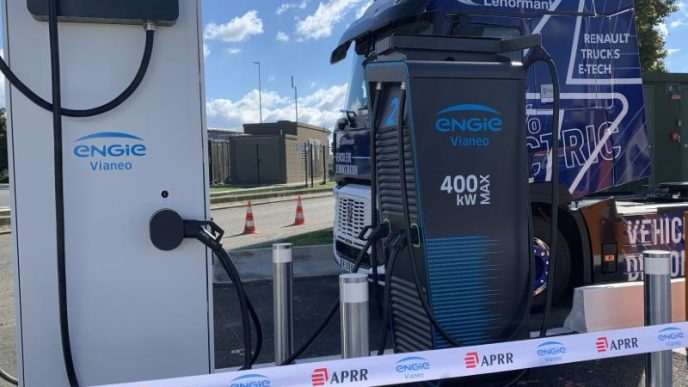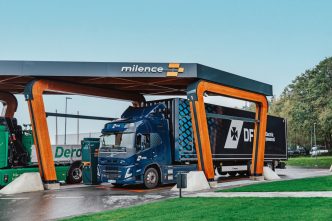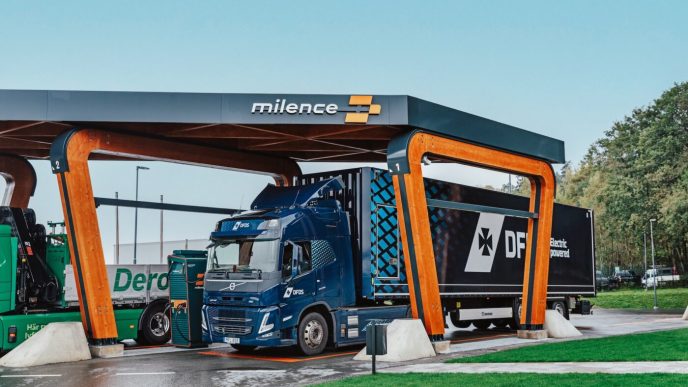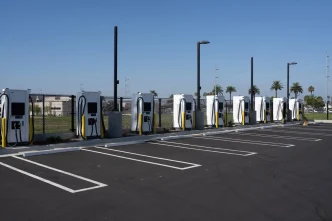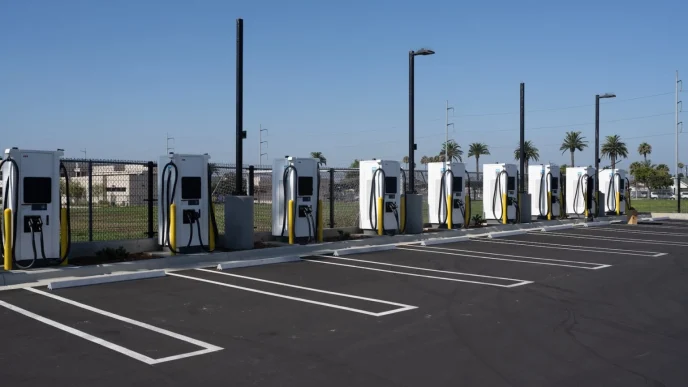Nissan has confirmed plans to introduce new electric vehicles (EVs) equipped with vehicle-to-grid (V2G) technology, with the first models expected to arrive in 2026. The automaker aims to provide “affordable” V2G technology and has become the first company in the UK to achieve power grid certification.
“The days are over that we just look at a car as a vehicle to bring us from A to B,” stated Friederike Kienitz, Nissan’s senior vice president for sustainability and corporate affairs.
Nissan has been developing its own V2G technology over the past few years, collaborating with partners such as Enovates, a charger developer, Dreev, a subsidiary of EDF Energy, and utilizing a trial location at the University of Nottingham. The V2G technology will debut on an updated version of the Nissan Ariya, as well as on future EV models.
“On a vehicle today, you have a charger that you plug into your AC current, and then the car manages the conversion of that AC into DC and puts it in the battery, which is then later used to power the wheels,” explained David Moss, senior vice president for research and development at Nissan. “We simply want to reverse that process in a cost-effective way.”
Vehicle-to-grid technology, also known as bi-directional charging, allows an electric car to be charged at home while also providing the capability to feed power back into the national grid during peak demand periods. This innovative setup enables the grid to request a specific amount of charge from an electric vehicle when demand is high, with the expectation that the vehicle will receive the same amount of charge later, typically during off-peak hours when electricity is cheaper. For this technology to function, the car must be equipped to discharge power through its plug socket, supported by a compatible wallbox that can manage the flow of energy.
Nissan plans to offer a stylish home wallbox charger along with a tariff specifically designed to maximize the benefits of bi-directional charging upon launch. According to the company, for an average semi-detached homeowner working outside the home between 07:45 and 17:45, V2G charging could potentially halve electricity bills.

